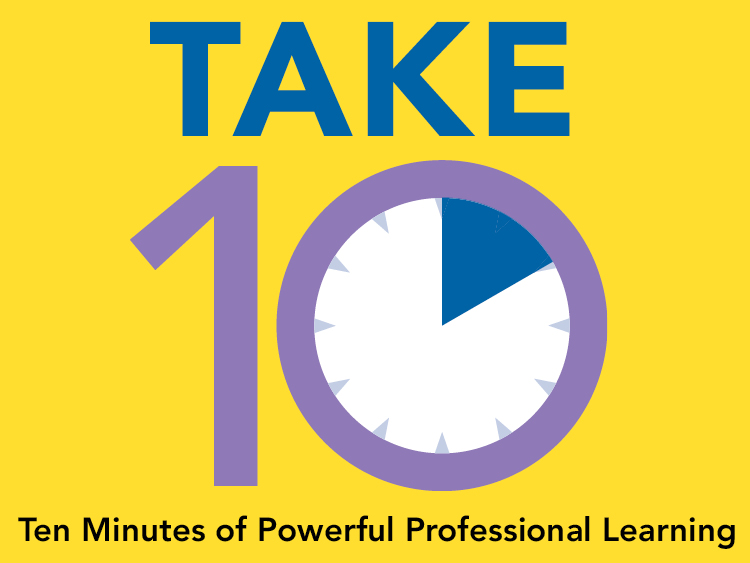 As we begin using a three dimensional curriculum to align our classrooms with the Next Generation Science Standards, many questions have developed around assessment. How can we possibly assess what our students are learning as we put a greater emphasis on classroom discourse, engineering practices, and inquiry activities? How can we do so while still keeping our assessments 3D? One solution might be through the development and use of a science or interactive notebook.
As we begin using a three dimensional curriculum to align our classrooms with the Next Generation Science Standards, many questions have developed around assessment. How can we possibly assess what our students are learning as we put a greater emphasis on classroom discourse, engineering practices, and inquiry activities? How can we do so while still keeping our assessments 3D? One solution might be through the development and use of a science or interactive notebook.
What is a science notebook?
It is, among others, a collection of student thoughts, observations, data, and reasoning based on classroom experiences. The science notebook provides ownership of a student’s learning and encourages interest through decoration and personalization. A classroom teacher can provide scaffolding to create a notebook that reflects their own goals through their activities by including specific foldables, sentence starters, or charts. The goal of a science notebook is to make sure that students are able to “sense-make” the activities completed in their classes. According to NGSS Early Implementers, four things that should regularly be recorded by the students are prior knowledge (I think, I predict…), gathering data (I saw, I measured), making sense of data (The data graph shows…), and metacognition (I wonder, my thinking has changed).
Should I only be using this notebook during my science classes?
Not necessarily. A science notebook can be interdisciplinary. Instead of referring to these as “science notebooks,” simply call them “interactive notebooks” and allow students to use them during any inquiry experience. These notebooks can be quite helpful in ascertaining whether students are focusing on the correct lesson components identified for the day. Through these notebooks, students will be able to reflect on past learning as well as support their claims with specific evidence that they’ve obtained along the way—whether this is during your Science lesson or your English activity.
What might my science notebook look like?
There is no single way to design a science notebook. Ultimately, it depends greatly on your classroom as well as the age of your students. Younger learners will need more help structuring their notebooks. As students get older and more familiar with the process, they can take ownership over the design to best suit their needs. Here is an example of how you might organize a science notebook by unit:

Example based on Teaching Science with interactive Notebooks by Kellie Marcarelli
How can we use the interactive notebook to assess students and inform instruction?
We would need to continuously monitor student work. If you’re looking for something in particular, you could always ask students to flag a page or leave their notebook open. You could also assign notebook groups and collect a subset of your class every few days. When reviewing student work, try using sticky notes to leave a comment on a specific portion with evidence based feedback based on the goal of the activity. However you decide to use science notebooks in your class, remember to have a clear goal in mind and to be consistent. For more information about Notebooking, check out the resources page at https://ctsciencecenter.org/education/resources/.

Lindsey Sullivan is a Professional Learning Specialist at the Connecticut Science Center’s Mandell Academy for Teachers. Before joining the Mandell Academy, Lindsey was a high school science teacher. Currently, Lindsey supports educators as they make sense of NGSS through her facilitation of workshops offered by the Mandell Academy as well as providing coaching support in schools.

